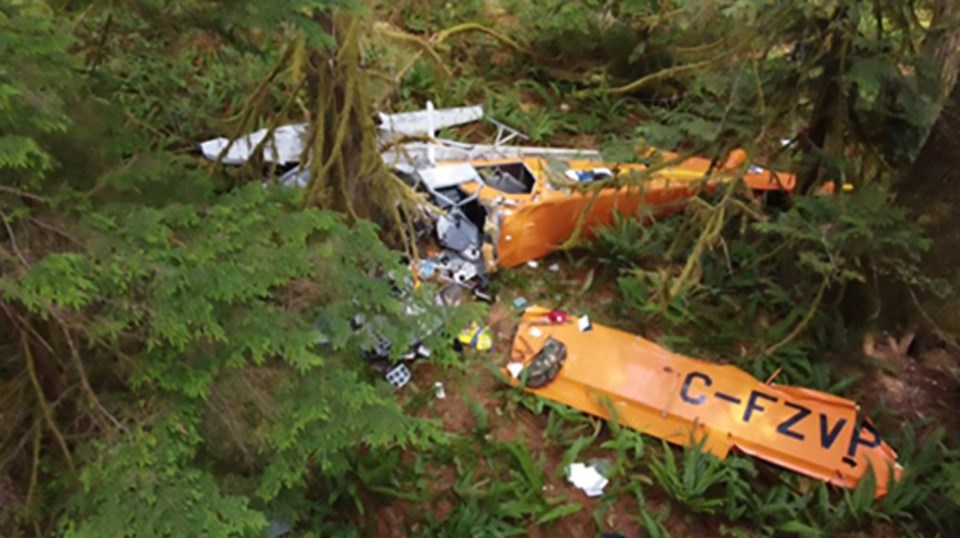RICHMOND, B.C. — A crash of an Air Nootka De Havilland plane on 91‘≠¥¥ Island last year has reopened a debate between the Transportation Safety Board and the federal government over stall warning systems.
The pilot who was the only person on board was seriously injured when his plane stalled and crashed into thick forest while attempting to land near Gold River, B.C.
A Transportation Safety Board report says there are a few aircraft types still in commercial operation that don't have stall warning systems, including the De Havilland DHC-2.
The Air Nootka plane didn't have a warning system, and the report says that since 1998 it has investigated 17 De Havilland's stalling and crashing, resulting in at least 38 deaths.
It says it recommended to Transport Canada in 2017 that all of the commercially operated planes be equipped with stall warning systems, but the government said it would not make that requirement.
The safety board says it doesn't agree with Transport Canada's conclusion that even with the warning system installed, when a stall occurs the pilot has little to no time to react and recover.
The safety board's report says a warning system is one of the last lines of defence against accidental stall.
"To reduce the risk of losing control of an aircraft, the pilot must have an immediate, clear indication of an impending stall," the report says.
It says that until Transport Canada brings in new measures to address the risks of stall-related accidents, the board believes the risks from the safety deficiency remain.
The safety message in the report says planes originally certified without stall warning systems can benefit from aftermarket systems.
"Stall warning systems can reduce the risks pilots face when flying manoeuvres at higher angles of attack, such as arrivals and departures," the report concludes.
This report by The 91‘≠¥¥ Press was first published July 22, 2024.
The 91‘≠¥¥ Press



